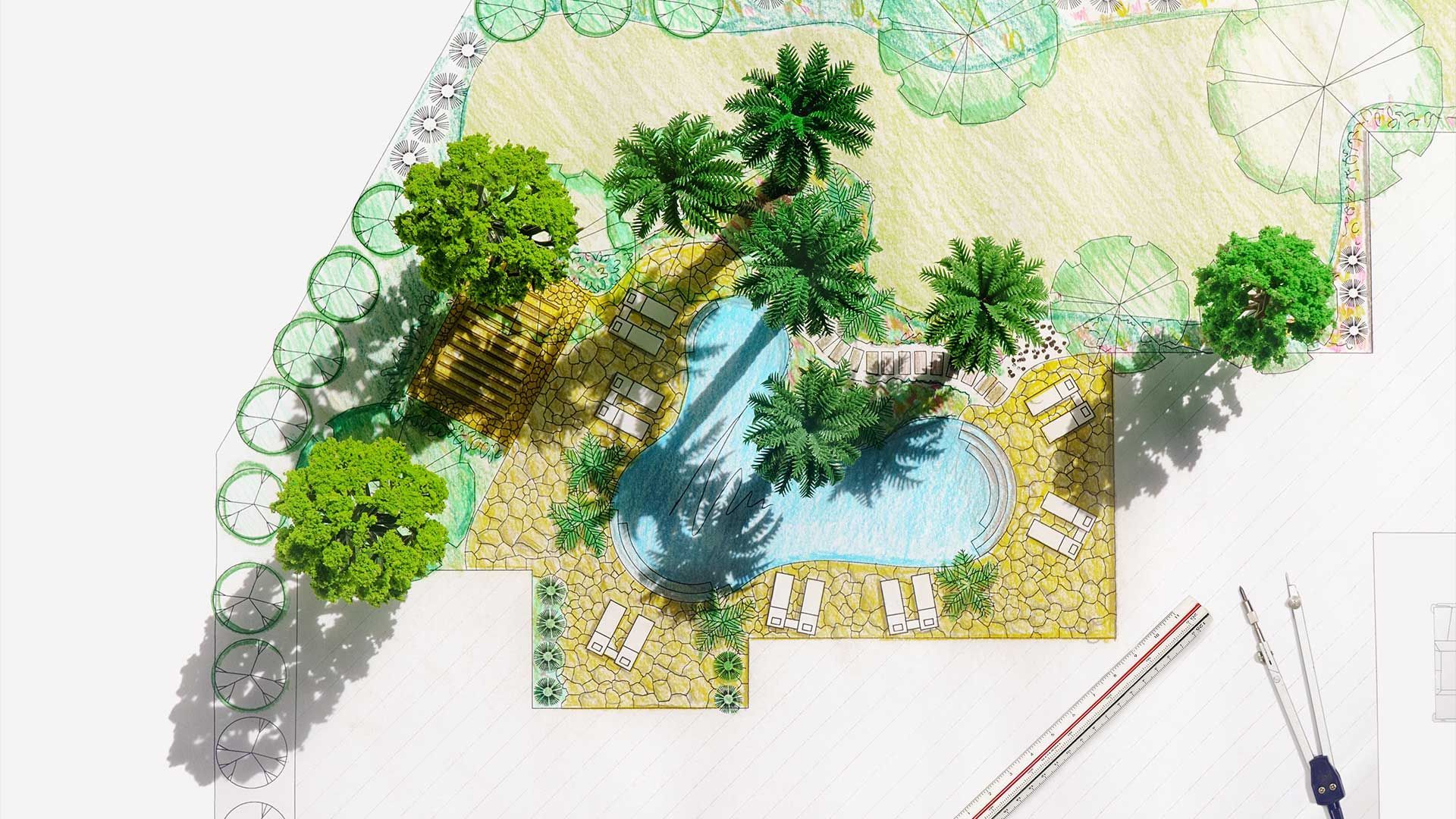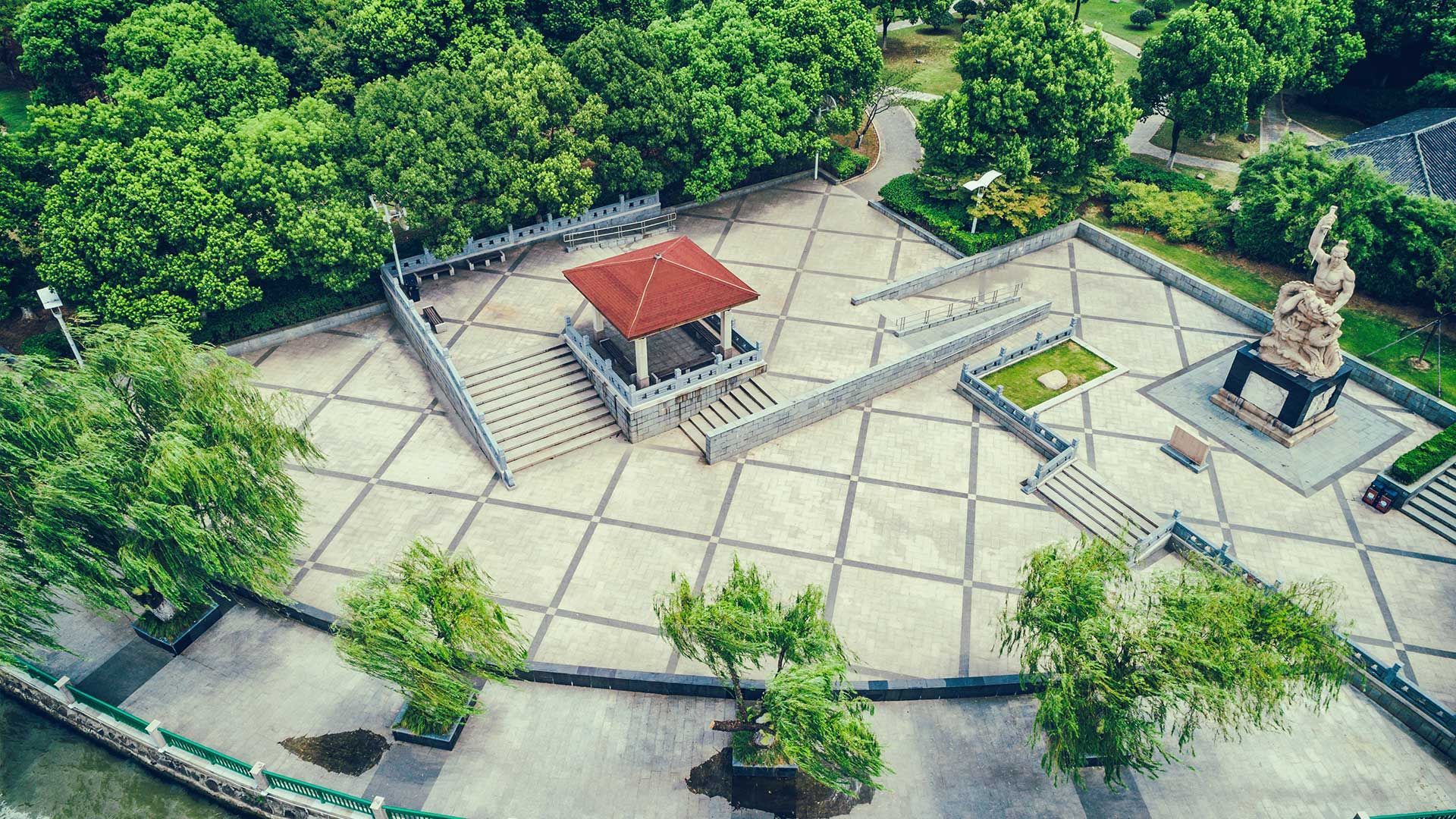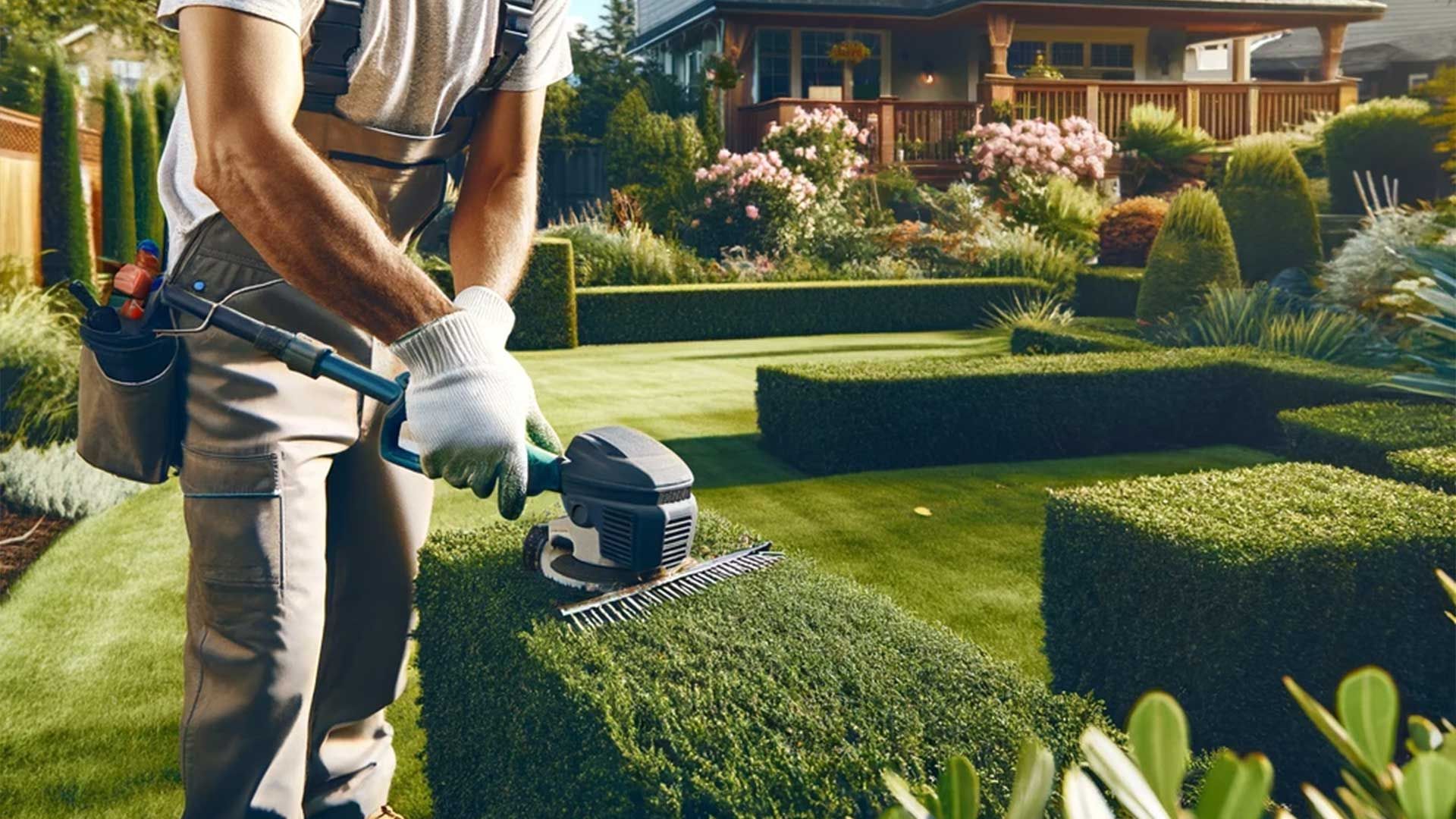Eco-Friendly Residential Landscape Design: How to Create a Sustainable Garden
Principles of Sustainable Landscape Design
Understanding the principles of sustainable landscape design is key to creating an eco-friendly garden. This approach to landscaping focuses on designing and maintaining a space that works in harmony with the environment, rather than against it.
Resource Conservation: The core of sustainable design is to use resources efficiently. This includes minimizing the use of water, reducing energy consumption, and selecting materials that are sustainably sourced or recycled.
Biodiversity and Ecosystem Integration: A sustainable garden supports a variety of life. Incorporating a diverse range of plants not only adds beauty but also creates a balanced ecosystem. This includes providing habitats for local wildlife, such as birds and pollinators, and using plants that are natural to your region.
Adaptation to Local Climate: Designing a garden that aligns with your local climate reduces the need for excessive watering or maintenance. This means choosing plants that naturally thrive in your area’s weather conditions and soil type.
Reducing Chemical Use:
Sustainable landscaping emphasizes reducing or eliminating the use of harmful chemicals. This includes using natural alternatives for pest control and fertilization, which are safer for both the environment and the garden’s inhabitants.
Soil Health:
Healthy soil is the foundation of a sustainable garden. Practices such as composting and mulching not only nourish the soil but also reduce waste.
By adhering to these principles, your residential landscape design can be transformed into a sustainable, eco-friendly space that conserves resources, supports biodiversity, and creates a natural balance in your outdoor environment.
Choosing the Right Plants
Selecting the right plants is a critical step in eco-friendly residential landscape design. The ideal choices are those that are well-adapted to your local climate and soil conditions, requiring minimal intervention to thrive.
Native Plants:
Native plants are those that occur naturally in your area. They are accustomed to the local climate and soil, which means they typically require less water, fewer fertilizers, and are more resistant to local pests. This makes them a sustainable choice for your garden.
Drought-Tolerant Plants: In areas with water scarcity, choosing drought-tolerant plants can significantly reduce your garden’s water needs. These plants are designed to survive in dry conditions and can thrive with minimal watering.
Pollinator-Friendly Plants:
Including plants that attract bees, butterflies, and other pollinators not only adds life and beauty to your garden but also supports local ecosystems. Pollinator-friendly plants usually have bright flowers and provide nectar and pollen as food sources.
Edible Plants:
Incorporating edible plants like herbs, fruits, and vegetables brings a dual benefit. They provide fresh produce for your table while reducing the environmental impact associated with commercially grown produce.
Layered Planting:
Mimicking nature by creating layers – from ground covers to
shrubs to canopy trees – can create a diverse and healthy environment. This approach provides different habitats and supports a variety of wildlife.
By carefully selecting plants, you can create a garden that not only looks good but also contributes positively to the environment. This approach to plant selection is a cornerstone of sustainable residential landscape design, fostering a garden that's in harmony with its natural surroundings.
Efficient Water Management
Efficient water management is a crucial aspect of eco-friendly residential landscape design. Wise use of water not only conserves this precious resource but also ensures the sustainability of your garden.
Drip Irrigation Systems: Implementing a drip irrigation system can dramatically reduce water usage. These systems deliver water directly to the plant roots, minimizing wastage through evaporation or runoff.
Rainwater Harvesting: Collecting rainwater in barrels or through rain gardens can provide an eco-friendly water source for your garden. This practice reduces the reliance on municipal water and is excellent for watering plants.
Mulching:
Applying mulch around plants helps retain soil moisture, reducing the need for frequent watering. Organic mulches, such as wood chips or straw, also enrich the soil as they decompose.
Appropriate Plant Zoning:
Grouping plants with similar water needs together ensures that each plant gets the right amount of water without overwatering others. This technique, known as hydrozoning, maximizes water efficiency.
Soil Improvement: Enhancing your soil with organic matter can improve its water retention abilities. Healthy, rich soil holds water longer, providing moisture to plants over extended periods.
By focusing on these water management strategies, you can create a landscape that is not only lush and thriving but also water-efficient and environmentally responsible. This approach is particularly important in regions facing water scarcity and for homeowners looking to reduce their environmental footprint.
Incorporating Organic Gardening Practices
Incorporating organic gardening practices is a key element in creating an eco-friendly residential landscape. These methods focus on natural processes and materials, avoiding synthetic chemicals and fertilizers, thus promoting a healthier and more sustainable garden ecosystem.
Composting: Composting organic waste like kitchen scraps and yard trimmings is an excellent way to recycle nutrients back into the soil. It creates rich, healthful compost that can be used as a natural fertilizer, improving soil quality and plant health.
Natural Pest Control: Instead of relying on chemical pesticides, use natural pest control methods. These can include introducing beneficial insects, like ladybugs and lacewings, which prey on common garden pests, or using natural deterrents and barriers.
Organic Fertilizers: Opt for organic fertilizers over synthetic ones. Organic fertilizers release nutrients slowly, improving soil health over time and reducing the risk of nutrient runoff into waterways.
Weed Management: Control weeds through manual removal, mulching, or organic herbicides. These methods are safer for both the environment and the plants in your garden.
Plant Diversity: Cultivating a diverse range of plants can naturally reduce pest problems and promote a balanced ecosystem. Different plants can attract beneficial insects and improve soil health, reducing the need for external inputs.
By embracing these
organic gardening practices, you not only create a sustainable landscape but also contribute to a healthier environment. These practices ensure that your garden thrives naturally, offering a safe haven for both flora and fauna.
Using Sustainable Materials and Methods
The choice of materials and methods used in residential landscape design plays a significant role in its sustainability. Opting for eco-friendly materials and sustainable construction practices can greatly enhance the environmental friendliness of your garden.
Sustainable Hardscaping Materials: When choosing materials for pathways, patios, or walls, consider sustainable options like reclaimed or locally sourced stone, permeable paving, or recycled materials. These choices reduce the environmental impact associated with manufacturing and transporting materials.
Organic Mulches: Use organic mulches like wood chips, bark, or compost instead of synthetic alternatives. These materials are not only environmentally friendly but also contribute to soil health as they break down.
Natural Lawn Alternatives:
Consider alternatives to traditional grass lawns, which can be water-intensive. Options like ground covers, native grasses, or even artificial turf can reduce water usage and maintenance needs.
Eco-Friendly Fertilizers and Weed Control:
Choose organic or natural fertilizers and weed control methods. These are less harmful to the environment and safer for wildlife and pets compared to chemical options.
Energy-Efficient Lighting:
If your landscape design includes lighting, opt for energy-efficient options like LED or solar-powered lights. These reduce energy consumption and can be just as effective and aesthetically pleasing.
By carefully selecting sustainable materials and methods for your landscape design, you not only create a more eco-friendly garden but also contribute to broader environmental conservation efforts. These choices help in building a garden that is in harmony with nature and sustainable for years to come.
Creating Wildlife-Friendly Spaces
An essential aspect of eco-friendly residential landscape design is creating spaces that are friendly to local wildlife. This approach not only enhances the natural beauty of your garden but also contributes to the preservation of biodiversity.
Attracting Pollinators:
Incorporate plants that attract bees, butterflies, and other pollinating insects. These species are crucial for the health of your garden and the broader ecosystem. Plants rich in nectar and pollen can create a thriving environment for these beneficial creatures.
Bird-Friendly Features: Adding features like bird feeders, birdbaths, and nesting boxes can turn your garden into a haven for birds. Choose native plants that provide berries, seeds, and shelter for different bird species.
Providing Habitats: Create diverse habitats with features like brush piles, rock gardens, or
small ponds. These habitats can offer shelter and resources for various wildlife, including insects, amphibians, and small mammals.
Avoiding Harmful Chemicals: To keep your garden safe for wildlife, avoid using harmful chemicals and pesticides. These substances can be toxic to animals and disrupt the natural balance of your ecosystem.
Preserving Natural Elements:
Whenever possible, preserve natural elements like mature trees, native shrubs, and wildflowers. These elements are integral to the local wildlife and can enhance the ecological value of your garden.
By designing your garden with wildlife in mind, you contribute to local conservation efforts and enjoy the benefits of a vibrant, nature-filled outdoor space. A wildlife-friendly garden not only supports biodiversity but also provides an opportunity for observation and enjoyment of the natural world right in your backyard.
Low-Maintenance and Long-Term Planning
Creating a low-maintenance and sustainable garden is a key component of eco-friendly residential landscape design. This approach not only saves time and resources in the long run but also ensures that your garden remains environmentally friendly for years to come.
Choosing Low-Maintenance Plants: Opt for plants that require minimal care. Native plants are often a good choice as they are adapted to the local climate and soil conditions, requiring less water, fertilizer, and pest control.
Efficient Layout Planning: Design your garden layout to minimize maintenance. Group plants with similar water and sun needs together, and use hardscaping strategically to reduce the areas that need regular watering or mowing.
Implementing Permaculture Principles: Consider permaculture principles, which focus on creating sustainable and self-sufficient gardens. This includes practices like companion planting, creating nutrient cycles, and developing a garden ecosystem that largely takes care of itself.
Long-Term Growth Considerations:
Plan for the long-term growth of your garden. This includes understanding how large plants will grow over time and spacing them accordingly, reducing the need for future replanting or extensive pruning.
Sustainable Maintenance Practices:
Adopt sustainable garden maintenance practices. This could involve using manual tools instead of gas-powered ones, collecting and reusing rainwater, and composting garden waste.
By focusing on low-maintenance and long-term planning, you create a garden that is not only easier to care for but also more in tune with the natural environment. Such a garden evolves over time, requiring fewer resources while providing a beautiful and sustainable outdoor space.
Conclusion
Embracing eco-friendly practices in residential landscape design is more than just a trend; it's a meaningful step towards creating a healthier, more sustainable environment right in your own backyard. From choosing the right plants and managing water wisely to adopting organic gardening methods and designing for wildlife, the benefits of a sustainable garden are immense. Not only does it contribute to the well-being of our planet, but it also offers a serene and naturally beautiful space for homeowners to enjoy.
If you're inspired to transform your landscape but need professional guidance or services, Carolina Custom Landscape and Design dba Plants Unlimited is ready to assist. Our team of experienced landscapers specializes in creating sustainable, eco-friendly gardens that are tailored to your unique needs and preferences.
For more information or to schedule a consultation, please contact us at
919-801-8483. At
Carolina Custom Landscape and Design dba Plants Unlimited, we are committed to helping you achieve your dream of an eco-friendly outdoor space. Let us bring our expertise in sustainable landscaping to your home, crafting a garden that not only looks beautiful but also supports a healthier environment.
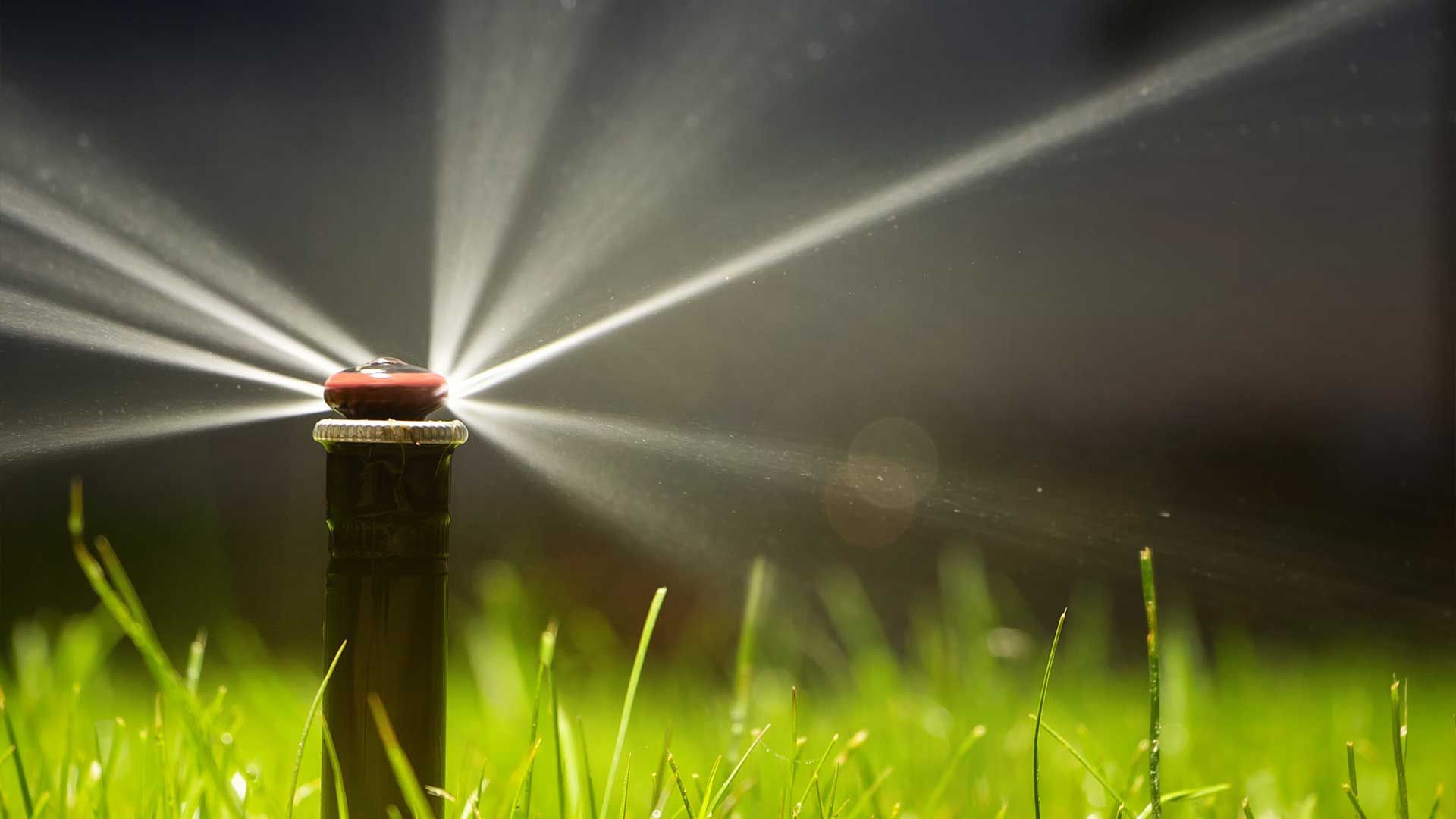
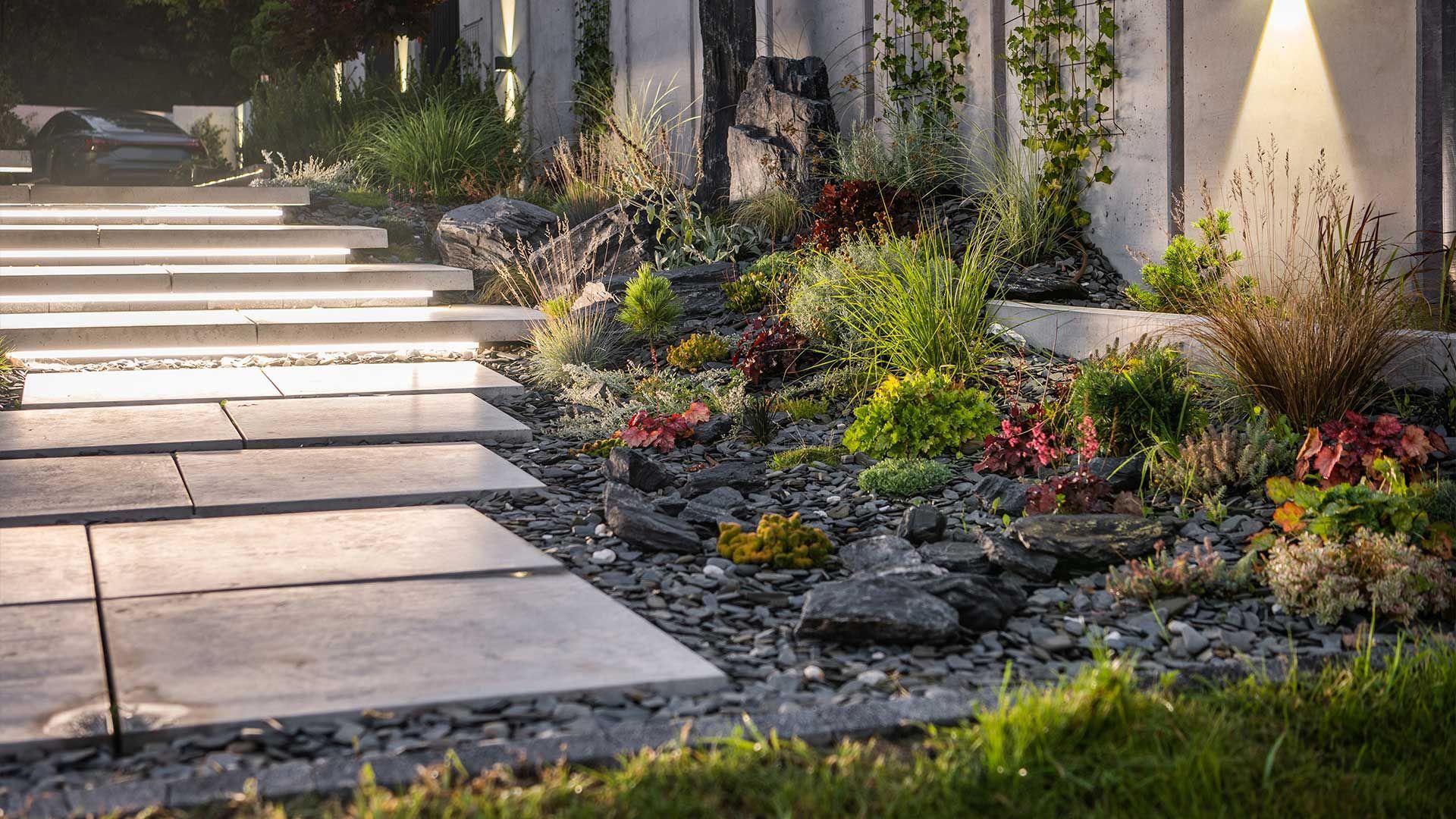
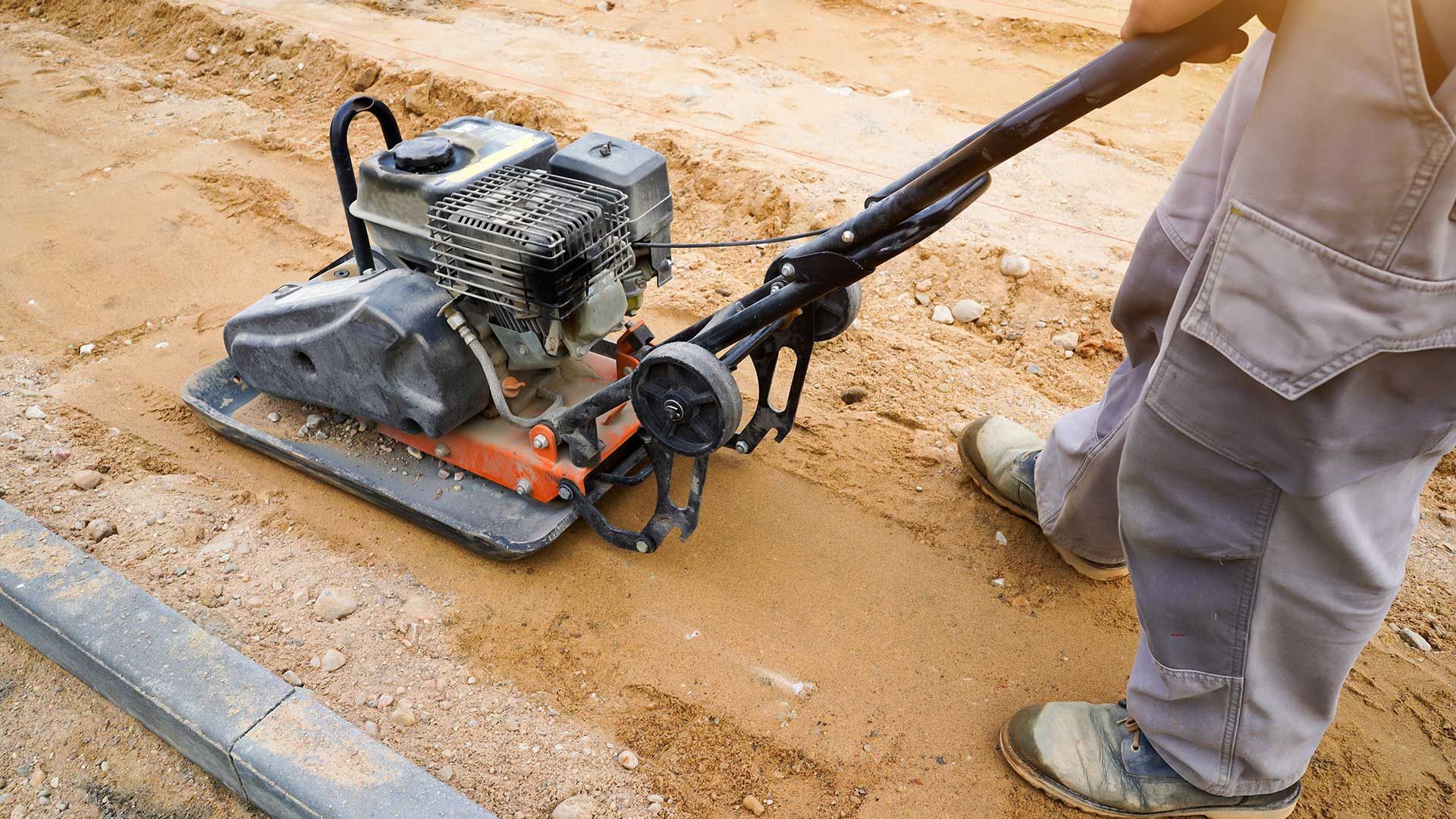
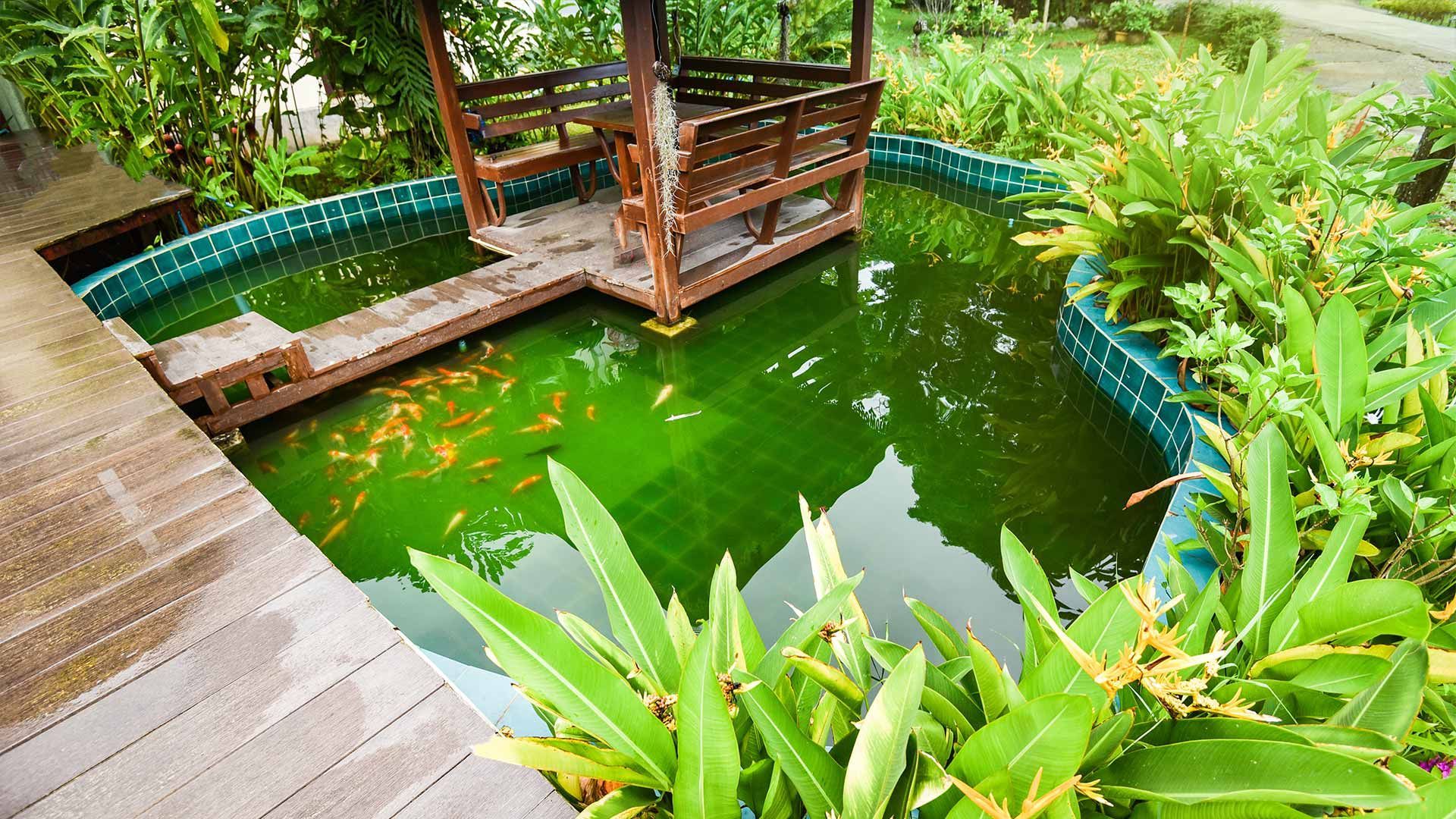
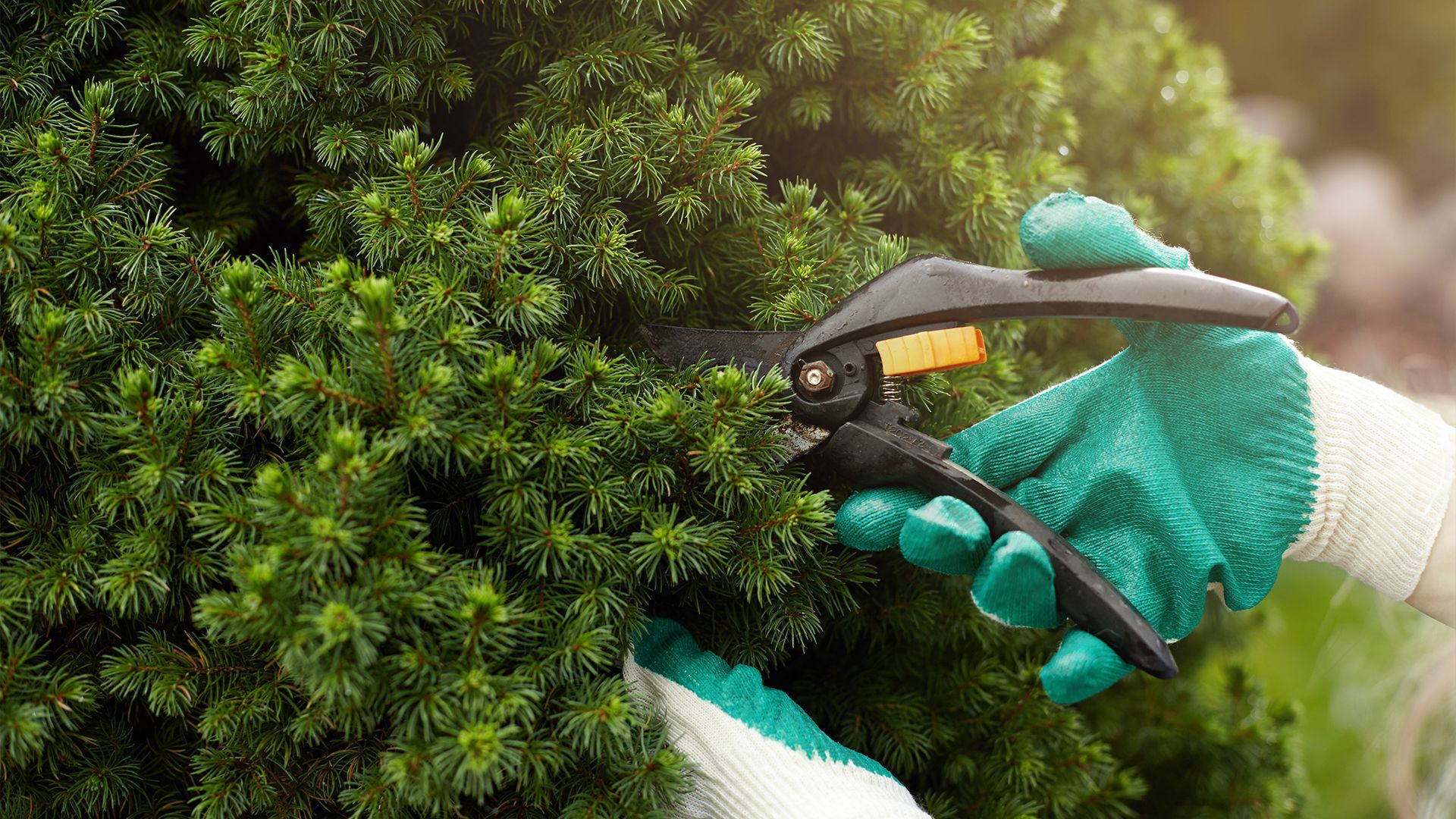
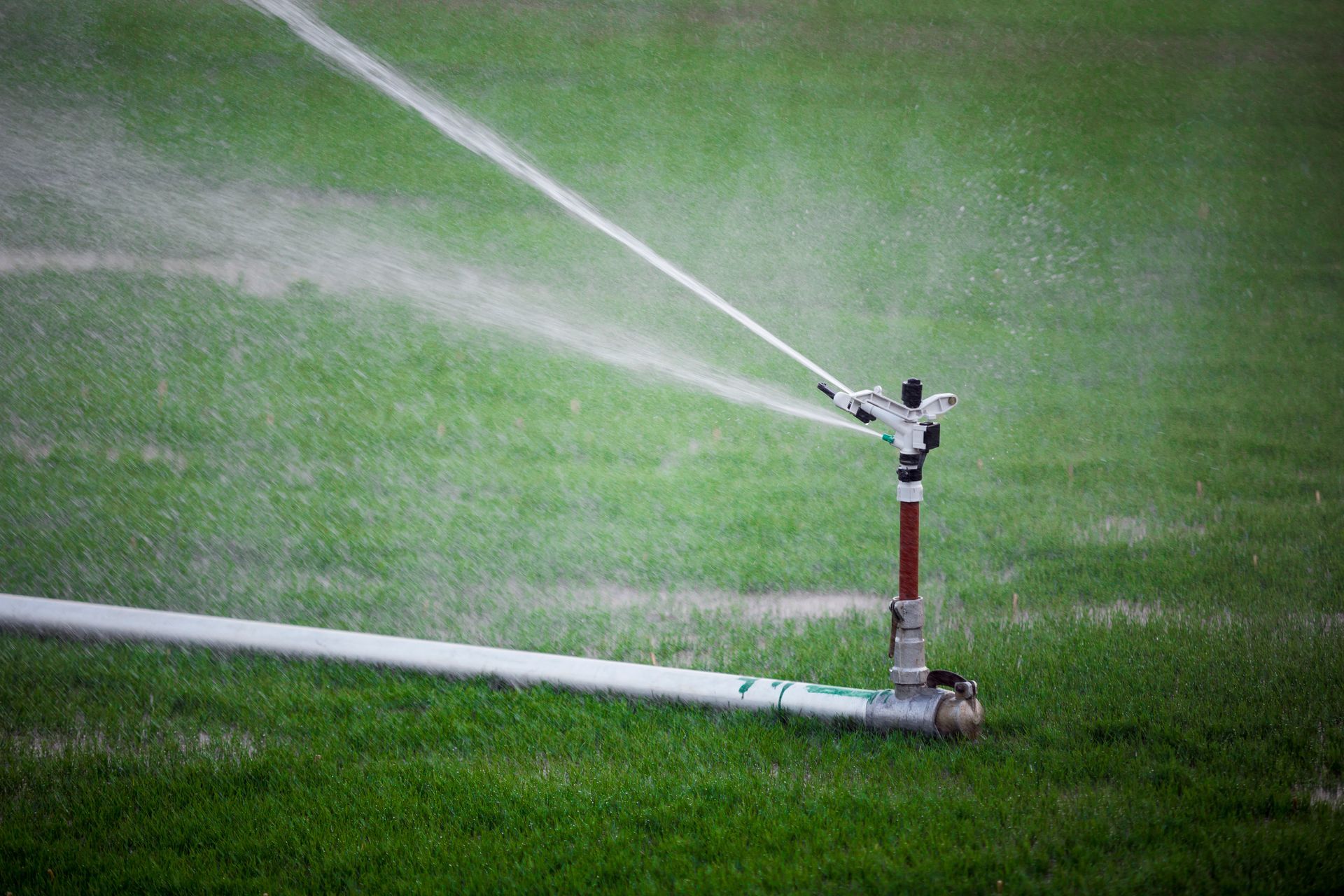
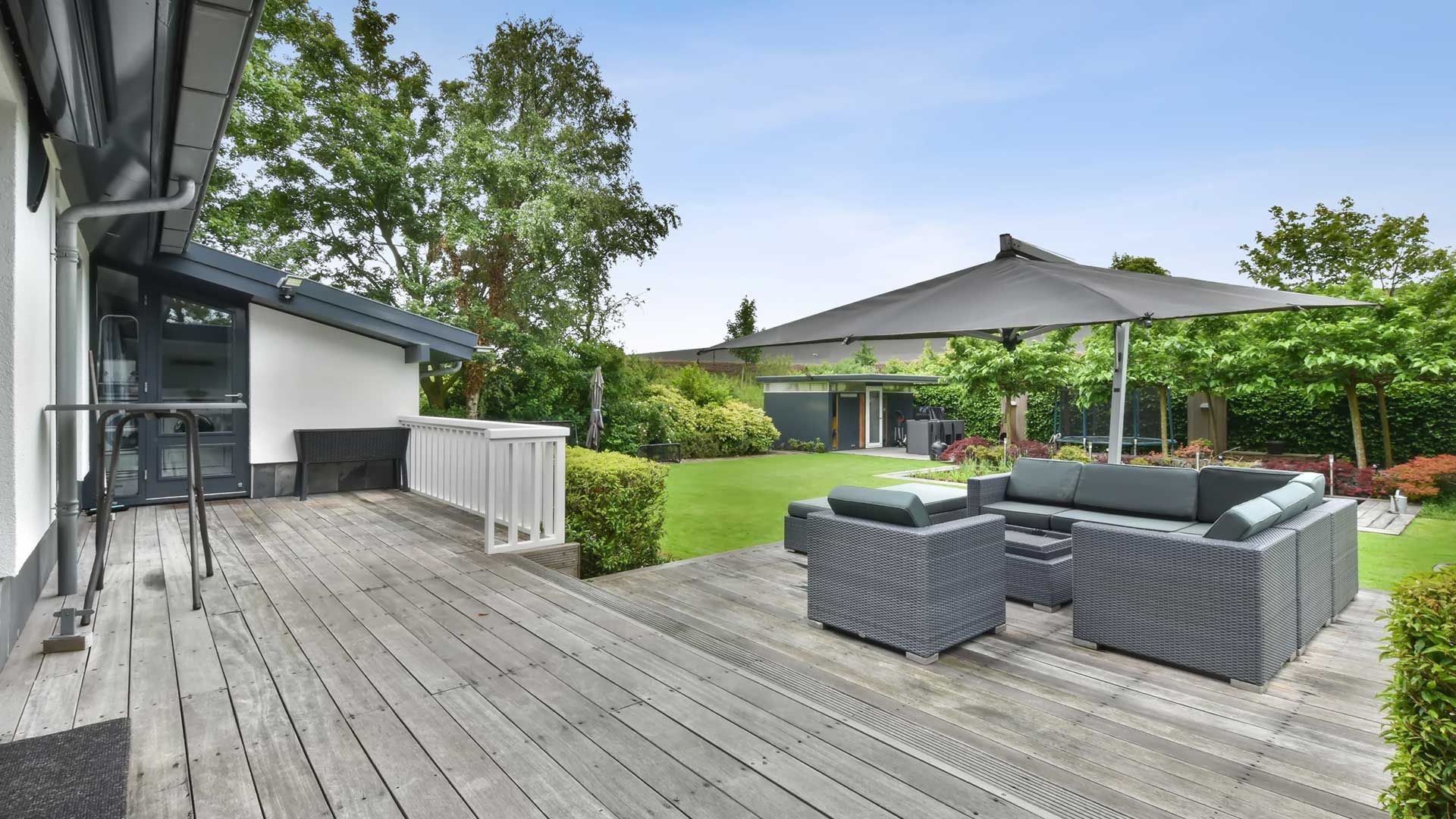
Service Areas
Chapel Hill, Carrboro, Cary, Apex, Raleigh, Wake Forest, Holly Springs, Garner, Graham, Fuquay-Varina, Burlington, Clayton, Henderson, Sanford, Smithfield, NC
4604 Sycamore Shoals Road
Durham NC 27705
- Mon - Fri
- -
- Sat - Sun
- Closed
All Rights Reserved | Plants Unlimited
